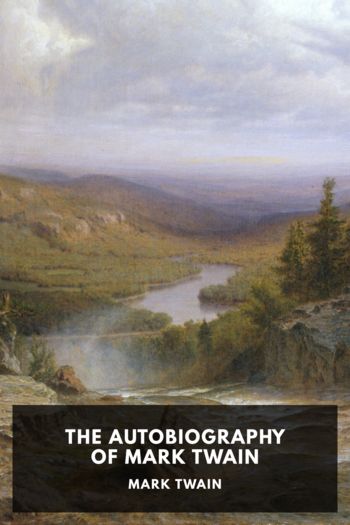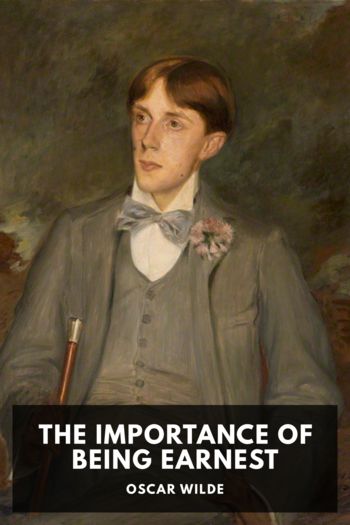Living History, Unknown [books to read in your 20s female TXT] 📗

- Author: Unknown
Book online «Living History, Unknown [books to read in your 20s female TXT] 📗». Author Unknown
The rustic cabin had no heat except for the cast-iron cook stove in the kitchen, and no indoor bath or shower. To stay clean, we swam in the lake or stood below the back porch while someone poured a tub of water onto our heads. The big front porch was our favorite place to play and where our grandfather shared hands of cards with my brothers and me. He taught us pinochle, the greatest card game in the world, in his opinion. He read us stories and told us the legend of the lake, which he claimed was named after an Indian princess, Winola, who drowned herself when her father would not let her marry a handsome warrior from a neighboring tribe.
The cabin is still in our family and so are many of our summer traditions. Bill and I took Chelsea to Lake Winola for the first time when she was not yet two. My brothers spend part of every summer there. Thankfully they have made some improvements. A couple of years ago they even put in a shower.
In the early fifties, few people lived off the two-lane highway that ran in front of the cottage, and there were bears and bobcats in the woods up the mountain behind us. As children we explored the surrounding countryside, hiking and driving the back roads and fishing and boating on the Susquehanna River. My father taught me to shoot a gun behind the cottage, and we practiced aiming at cans or rocks. But the center of our activities was the lake, across the road and down the path past Foster’s store. I made summer friends who took me waterskiing or to the movies that were projected onto sheets in an open field on the lake shore. Along the way, I met people Inever would have encountered in Park Ridge, such as a family my grandfather called “mountain people,” who lived without electricity or a car. A boy from that family, about my age, once showed up at the cottage on horseback to ask me if I wanted to go for a ride.
When I was as young as ten or eleven, I played pinochle with the men―my grandfather, my father, Uncle Willard and assorted others, including such memorable characters as “Old Pete” and Hank, who were notorious sore losers. Pete lived at the end of a dirt road and showed up to play every day, invariably cursing and stomping off if he started losing. Hank came only when my father was there. He would totter up to the front porch with his cane and climb the steep stairs yelling, “Is that black-haired bastard home? I want to play cards.” He’d known my dad since he was born and had taught him to fish.
He didn’t like losing any better than Pete did and occasionally upended the table after a particularly irksome defeat.
After the war, my dad started a small drapery fabric business, Rodrik Fabrics, in the Merchandise Mart in Chicago’s Loop. His first office overlooked the Chicago River, and I can remember going there when I was only three or four. To keep me away from the windows, which he left open for the fresh air, he told me a big bad wolf lived down below and would eat me up if I fell out. Later, he started his own print plant in a building on the North Side. He employed day laborers, as well as enlisting my mother, my brothers and me when we were old enough to help with the printing. We carefully poured the paint onto the edge of the silk screen and pulled the squeegee across to print the pattern on the fabric underneath. Then we lifted up the screen and moved down the table, over and over again, creating beautiful patterns, some of which my father designed. My favorite was “Staircase to the Stars.”
In 1950, when I was three years old and my brother Hugh was still an infant, my father had done well enough to move the family to suburban Park Ridge. There were fancier and more fashionable suburbs north of Chicago, along Lake Michigan, but my parents felt comfortable in Park Ridge among all the other veterans who chose it for its excellent public schools, parks, tree-lined streets, wide sidewalks and comfortable family homes. The town was white and middle-class, a place where women stayed home to raise children while men commuted to work in the Loop, eighteen miles away. Many of the fathers took the train, but my dad had to make sales calls on potential customers, so he drove the family car to work every day.
My father paid cash for our two-story brick house on the corner lot of Elm and Wisner Streets. We had two sundecks, a screenedin porch and a fenced-in backyard where the neighborhood kids would come to play or to sneak cherries from our tree. The postwar population explosion was booming, and there were swarms of children everywhere. My mother once counted forty-seven kids living on our square block.
Next door were the four Williams children, and across the street were the six O’Callaghans. Mr. Williams flooded his backyard in the winter to create an ice rink where we skated and played hockey for hours after school and on weekends. Mr. O’Callaghan put up a basketball hoop on his garage that drew kids from all over to play pickup games and the old standbys, HORSE and the shorter version, PIG. The games I most enjoyed were the ones we made up, like the elaborate team contest called “chase and run,” a complex form of hide-and-seek, and the near daily softball and kickball marathons played on our corner with sewer covers as bases.
My mother was a classic homemaker. When I think of her in those days, I see a woman in perpetual motion, making the beds, washing the dishes and putting dinner on the table precisely at six o’clock. I came home from Field School





Comments (0)